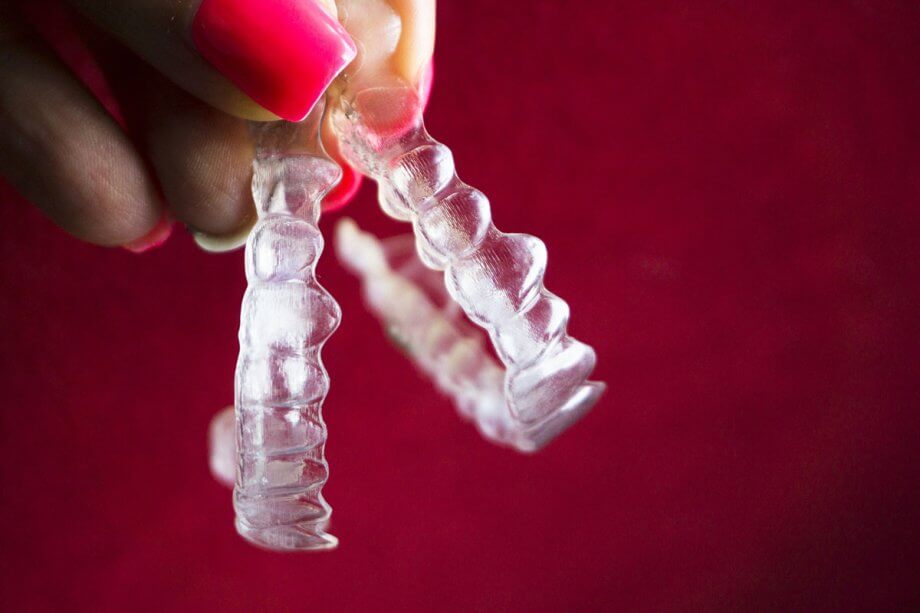If your goal is straighter teeth, Invisalign might be the answer. However, there are certain dental conditions that Invisalign might not be able to fix. In these cases, you may need treatment with traditional braces, metal brackets, and wires. The best way to determine if Invisalign can correct your dental issues is to see an approved Invisalign dental provider.
What is Invisalign?
Invisalign is a clear, removable, and virtually invisible orthodontic treatment that uses a series of custom-made plastic trays to straighten teeth. The custom-made, clear aligners slowly move teeth into place over time. Dental professionals use this system to treat a range of orthodontic issues, including crowded teeth, gaps, underbite, overbite, and crossbites. Invisalign is often preferable to traditional braces as there are no metal wires or brackets, and it offers more flexibility than conventional braces.
What Invisalign Can’t Correct
Unfortunately, Invisalign typically can't correct the following issues:
- Severe bite issues: Invisalign can help with mild to moderate bite issues, but severe malocclusions may require braces.
- Complex tooth rotations: Invisalign can handle mild to moderate rotations, but severe rotations may require braces.
- Large gaps: Invisalign can close small to moderate gaps, but large gaps may require braces.
- Vertical tooth movements: Invisalign primarily focuses on horizontal tooth movements.
- Midline discrepancies: Invisalign can't correct midline discrepancies greater than 2 mm.
- Previous dental work: Invisalign may not be an option if you have a dental bridge or other previous dental work.
- Tooth shape: Invisalign can't work if teeth are too short or pegged.
- Patient compliance: Invisalign requires consistent patient compliance with wearing the aligners for at least 22 hours a day.
- Tooth health: Teeth and gums should be in good health before starting Invisalign treatment.
A trained Invisalign dentist can perform a comprehensive exam to determine if Invisalign is right for you. If you have conditions that Invisalign cannot treat, they can recommend the best course of treatment, which may involve seeing an orthodontist for treatment with traditional braces.
Frequently Asked Questions About Invisalign
Is Invisalign Treatment Painful?
It’s normal for some Invisalign patients to experience some temporary discomfort during each new stage of treatment. It’s common to feel pressure on the teeth, but the good news is that it’s a sure sign that the treatment is working. Any discomfort usually subsides within a few days. Unlike traditional braces
Are There Restrictions on Foods I Can Eat While in Treatment?
One of the significant benefits of Invisalign is that there aren’t any restrictions on what you can eat. You can and should remove your clear aligners when eating and drinking, so you are free to eat and drink whatever you want. But be sure to brush your teeth after each meal and before putting your Invisalign aligners back in.
Straighter Teeth at Smiles on the Upper West Side
While Invisalign can’t fix every orthodontic and cosmetic dental problem, it is an effective solution for several orthodontic issues. Invisalign offers many benefits over traditional braces, including being discreet and comfortable and working even quicker than braces.
To find out if Invisalign is right for you, call our NYC office at 212-222-5225.

